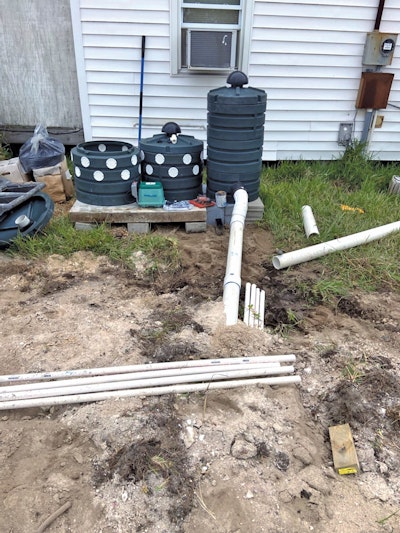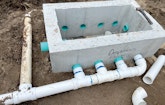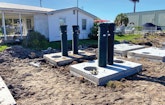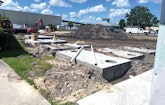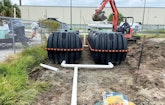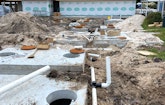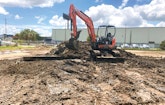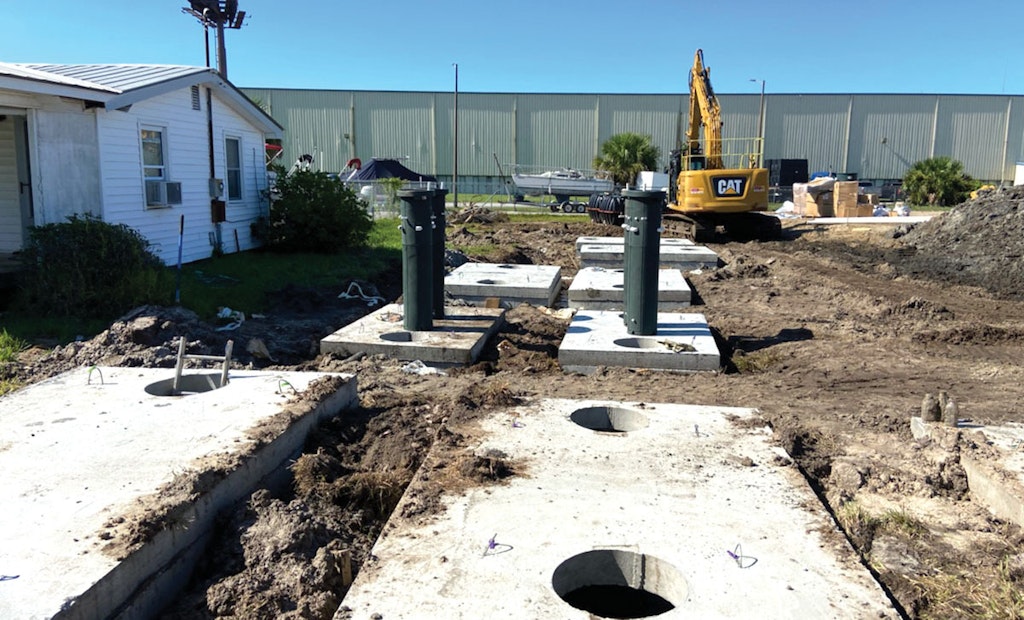For generations, Desposito’s Seafood Shack has been a staple establishment for Georgians and tourists looking for an authentic southern-style seafood experience in the Savannah area.
Setbacks due to the COVID-19 pandemic caused the restaurant to close and eventually change...
